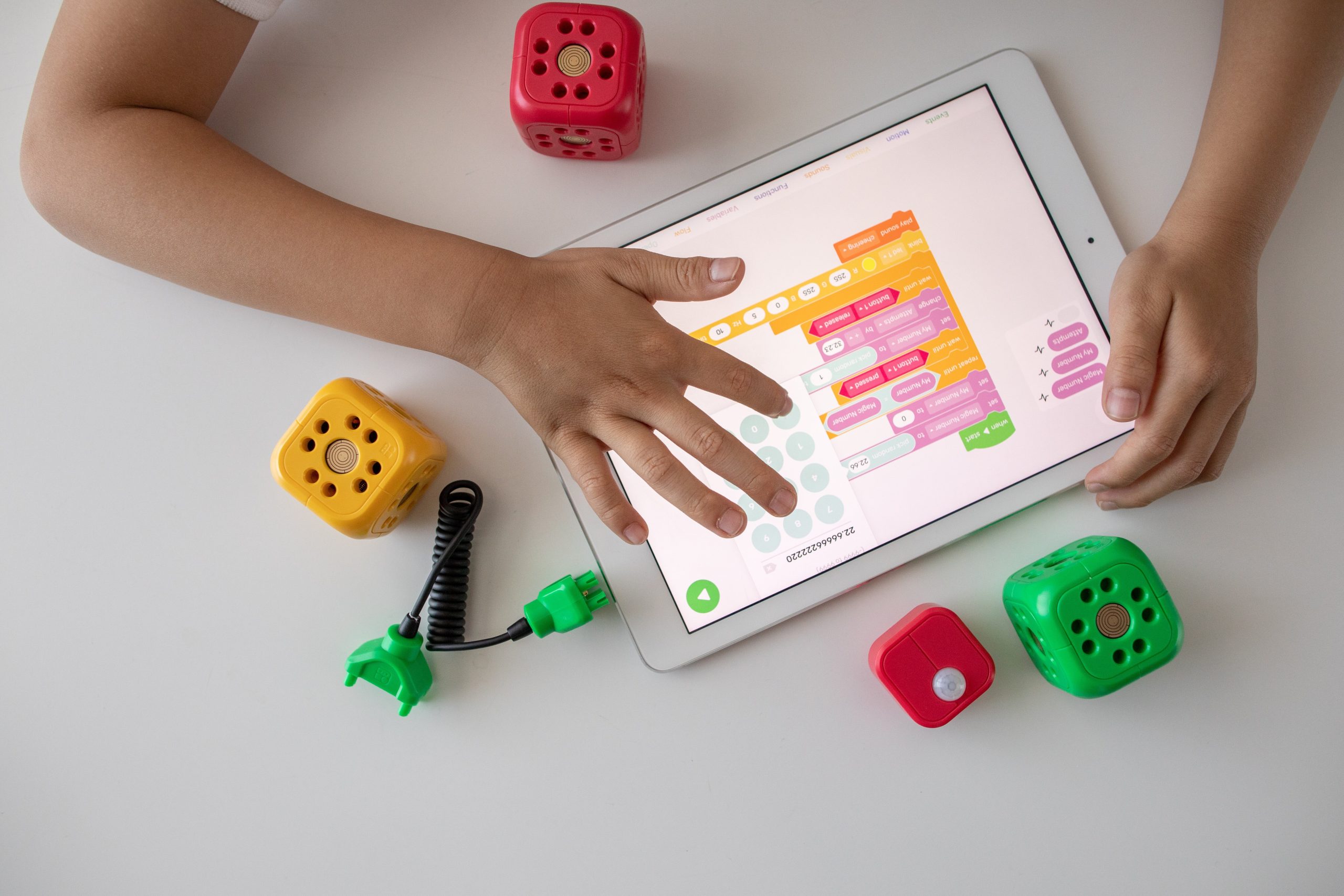In today’s digital age, technology is everywhere. From smartphones to tablets and laptops, we rely on these devices for communication, entertainment, and education. With this in mind, it’s more important than ever to prepare our students for a world that’s becoming increasingly dependent on technology. That’s why tech integration in the curriculum is vital for ensuring that learners are equipped with the skills they need to thrive in a digital world. In this blog post, we’ll explore the importance of tech integration in education and how it can benefit both students and educators alike. So buckle up and get ready to dive into the exciting world of edtech!
Background
Technology is changing at a rapid pace, and it’s important that educators are able to keep up with the latest trends. One way they can do this is by integrating tech into their curriculum. There are a number of ways to do this, and it depends on the age group you’re teaching.
One way to integrate tech into your curriculum is through hands-on learning. This involves students using digital tools to explore the world around them. For example, you could have students create a blog from scratch using WordPress or create an online portfolio using Canva. You could also have them design a social media profile for a business they’ve created from scratch.
Another way to integrate tech into your curriculum is through lectures and demonstrations. You could have professors give lectures on different topics related to technology, or you could have guest speakers come in and give presentations about specific technologies. You could also have students participate in interactive demonstrations of different technologies. For example, you could have them work on projects using Google Docs or Adobe Photoshop.
Whatever route you choose, be sure to make sure your students are fully prepared for a digital world. By incorporating tech into their curriculum, educators can help their students stay ahead of the curve and gain skills that will be relevant in the future
The Purpose of Tech Integration in the Classroom
Today’s students are constantly interacting with digital devices and technology. In order to prepare them for a future where they will rely on technology, teachers must integrate tech into the curriculum in an effective way. There are many benefits to integrating tech into the classroom, including:
-Teachers can create more engaging lessons by using digital tools.
-Children learn faster when they are able to use modern technologies in class.
-Technology can help improve communication between students and teachers.
-Integrating tech into the curriculum can help students develop problem solving skills.
When teaching children about technology, it is important to make sure that the material is age appropriate. For example, some parents may not want their children to watch videos about dinosaurs until they are 8 years old because that content is too graphic for young children. The same principle applies to technology – younger students should be introduced to simpler concepts such as how to use apps, while older students can explore more complex topics such as coding or website design. In addition, it is important for teachers to keep up with current trends in technology so that they can better incorporate it into their lessons. For example, if there is a new app that simulates how lightning works, teachers should include this information in their science lessons so that their students have a better understanding of electricity and weather patterns.
Tech integration has become increasingly important in today’s classrooms because it allows educators to provide engaging learning experiences for their students while also expanding
Ways to Integrate Technology into the Curriculum
When it comes to preparing students for a digital world, integration of technology into the curriculum is critical. In this article, we will outline some ways in which technology can be integrated into the classroom setting in order to help students learn and thrive in a digital world.
One way to integrate technology into the classroom setting is by using interactive whiteboards (IWBs). IWBs allow teachers to create content and share it with their students in real-time. This allows students to interact with the teacher and engage with the material being taught. Additionally, IWBs make it easy for teachers to track student progress and assess their understanding of the material.
Another way that technology can be integrated into the classroom setting is through use of projectors. Projectors allow teachers to show videos or images on large screens, which can provide a more engaging learning experience for students. Additionally, projectors can be used to teach concepts such as math problem solving or science experiments.
Finally, computer labs can be an effective way to integrate technology into the classroom setting. Computer labs allow students to access computers and internet resources in a safe and controlled environment. This provides an opportunity for students to explore different online applications and websites. Additionally, computer labs provide opportunities for students to develop skills such as programming or cyber security analysis.
The Advantages of Tech Integration for Students
Some educators believe that the best way to prepare students for a digital world is through tech integration into the curriculum. According to George Barna, “The next wave of literacy will be technology-integrated and will require students to use new forms of communication, including technology, in their everyday lives” (Barna). In order to make this transition as smooth as possible for students, it is important to provide them with opportunities to learn about and use technology. One way to do this is through tech integration into the classroom setting.
There are many advantages to tech integration into the curriculum. First, it can help students become more responsible and independent digital citizens. Second, it can help them develop critical skills such as problem solving and teamwork. Third, it can help them build vocabulary and knowledge related to digital technologies. Finally, it can create a sense of community among students who are using technology together in the classroom.
Conclusion
In a world where everything is digital, it is essential for educators to integrate technology into their curriculum in order to prepare students for the 21st century. Technology has changed drastically over the past few years and today’s students are going to need skills that they can use in the digital world. integrating technology into your curriculum will not only help you teach material more effectively, but it will also help foster creativity and innovation. It is important for educators to stay up-to-date on all of the latest technologies so that they can provide their students with an education that prepares them for the future.









